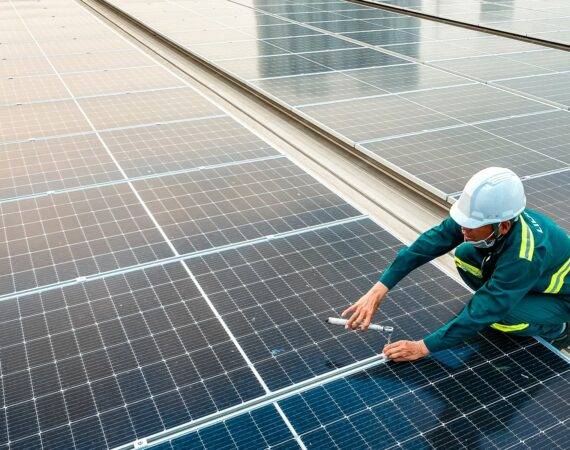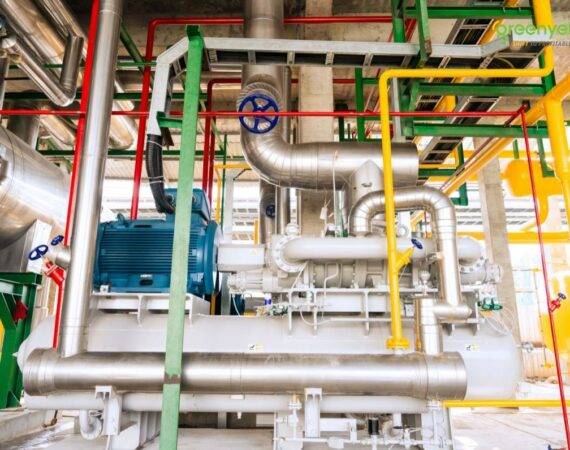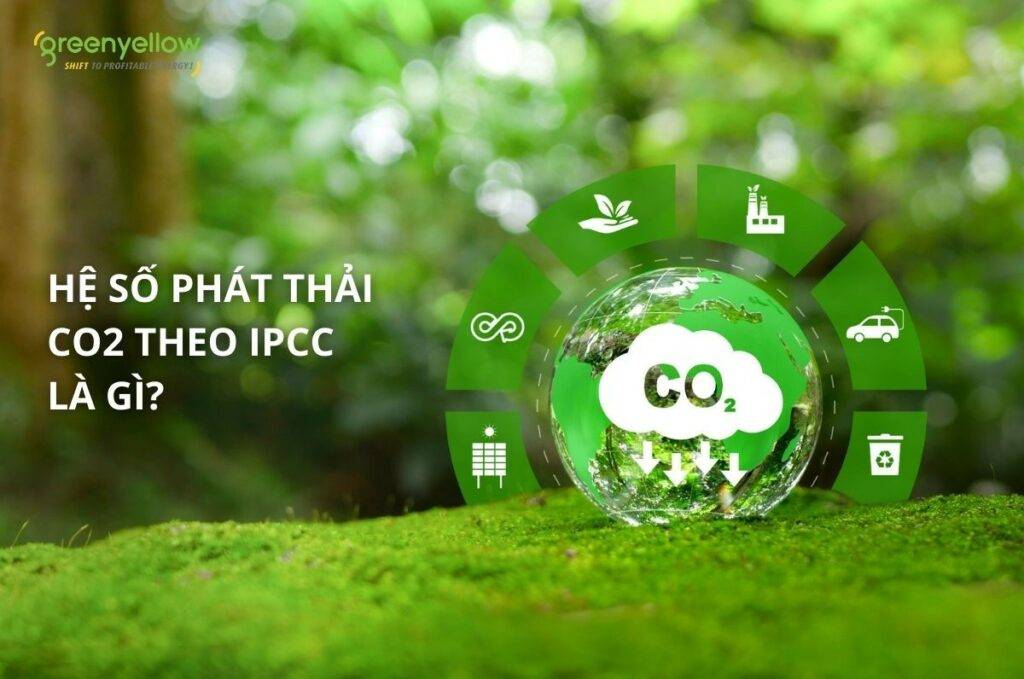
To reduce emissions and achieve environmental goals, the first step is to measure the carbon footprint of both you and your business. Calculating CO2 emissions is the initial step in assessing energy consumption and its environmental impact. So, what is the CO2 emission factor, and how is it calculated?
What is IPCC CO2 Emission?
The CO2 emission factor according to the IPCC is an index used to measure the amount of greenhouse gas emissions, primarily carbon dioxide (CO2), released when generating a specific amount of electricity. A common unit for expressing the emission factor is tons of CO2 per megawatt-hour (tCO2/MWh) or tons of CO2 equivalent per megawatt-hour (tCO2e/MWh).
The CO2 emission factor reflects the level of CO2 emitted into the environment per unit of energy produced or consumed. A lower or decreasing CO2 emission factor over time indicates that the electricity grid is relying more on clean energy sources such as solar and wind power, rather than fossil fuels like coal or natural gas, which have higher emission factors.
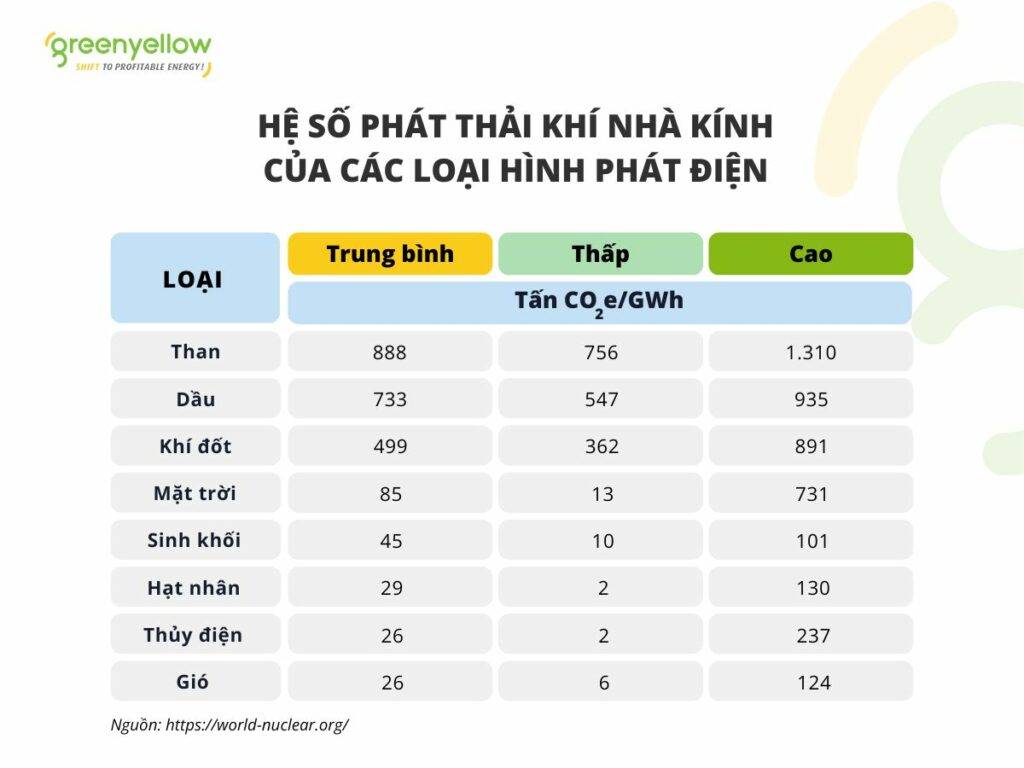
What is the emission factor of Vietnam's national power grid?
We know what the CO2 emission factor according to the IPCC is, but what is the emission factor of Vietnam's national power grid? In Vietnam, the emission factor of the national power grid is announced annually by the Department of Climate Change under the Ministry of Natural Resources and Environment. Below is a table summarizing the greenhouse gas emission factors of Vietnam's power grid from 2014 to 2022.
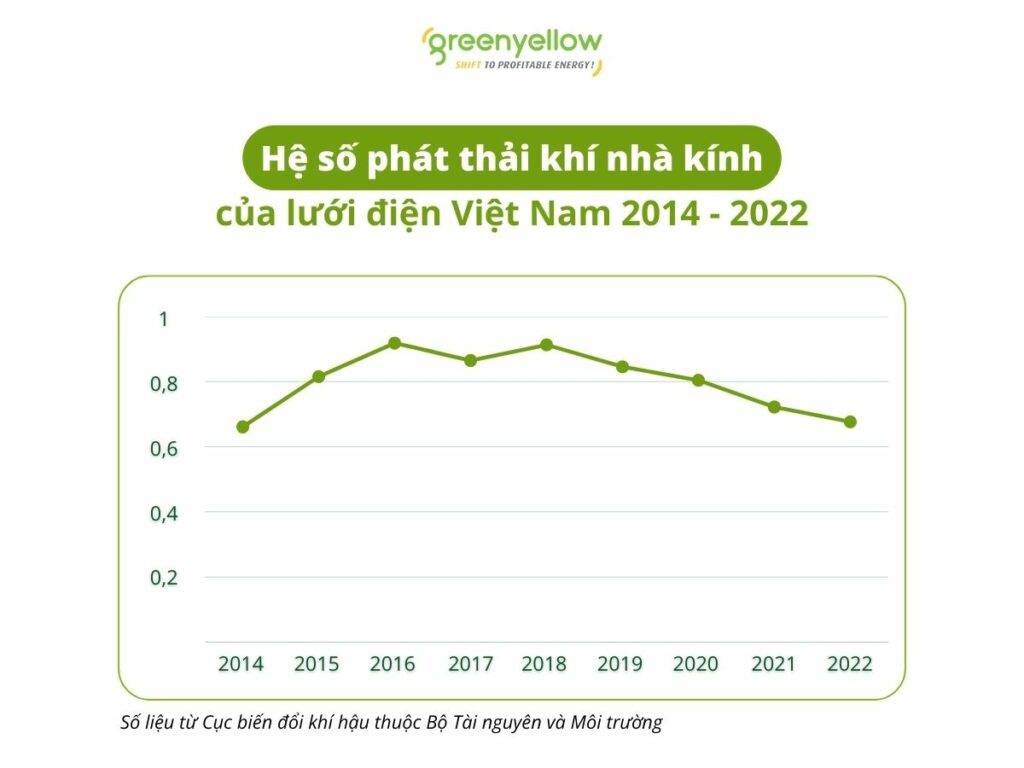
Currently, there is no official data available for the latest figures. However, you can refer to an article by Dr. Lê Hải Hưng from Hanoi University of Science and Technology, which estimates that the greenhouse gas emission factor of Vietnam’s power grid in 2023 will be 0.6559 tCO₂/MWh.
From 2015 to 2020, the construction of coal and gas-fired power plants led to an increase in the emission factor. However, since 2021, as solar and wind energy began to take up a larger share of the energy mix, this factor has decreased.
According to the VIII Power Development Plan, with the goal of gradually reducing the use of fossil fuel-based power sources and moving towards full reliance on renewable energy to achieve the Net-Zero target by 2050, we can expect that the greenhouse gas emission factor of Vietnam’s power grid will continue to decrease. This means that our electricity will become cleaner, contributing to environmental protection and mitigating the impacts of climate change.
Renewable Energy: The Key to Reducing CO2 Emission Factors
Based on the CO2 emission factor data from the IPCC, renewable energy sources such as solar and wind power are clearly playing a critical role in reducing greenhouse gas emissions. A life cycle assessment (LCA) study from the U.S. National Renewable Energy Laboratory (NREL) shows that transitioning from coal to renewable energy can reduce CO2 emissions by hundreds of millions of tons each year, significantly contributing to slowing climate change.
This result confirms that solar energy is one of the cleanest energy sources when considering its entire life cycle. To mitigate the impacts of climate change, transitioning from coal to renewable energy sources, especially solar power, is an essential step toward a more sustainable future.
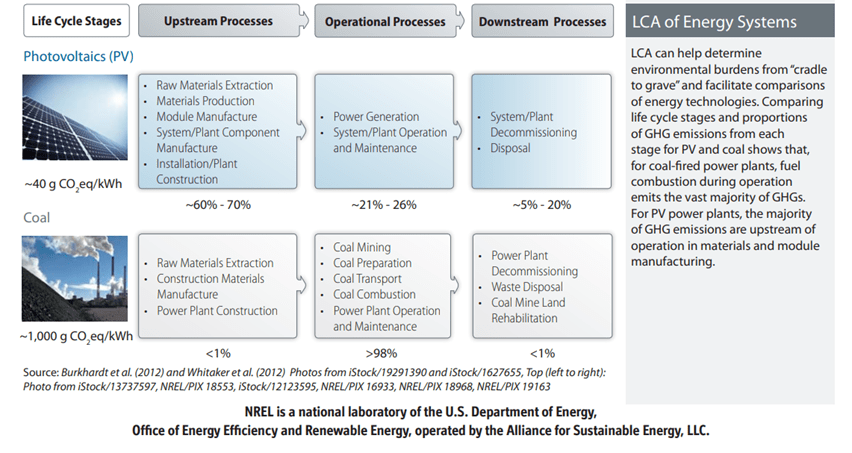
Unleashing Green Potential with Comprehensive Energy Solutions
After reading this article, we now understand what the CO2 emission factor according to the IPCC is. On the journey to a sustainable future, GreenYellow is proud to offer comprehensive solutions that support efficient green transitions and minimize greenhouse gas emissions. With our all-inclusive solar energy solution, available with 0 CAPEX, you will save significantly on electricity costs starting from the first month, while also receiving the international I-REC certification, which affirms your company's commitment to using renewable energy.
GreenYellow is committed to supporting businesses throughout the project lifecycle—from developing a comprehensive emission reduction roadmap, implementation, and permitting, to system operation and maintenance. Contact us now for quick assistance with the optimal energy solution for your business!



